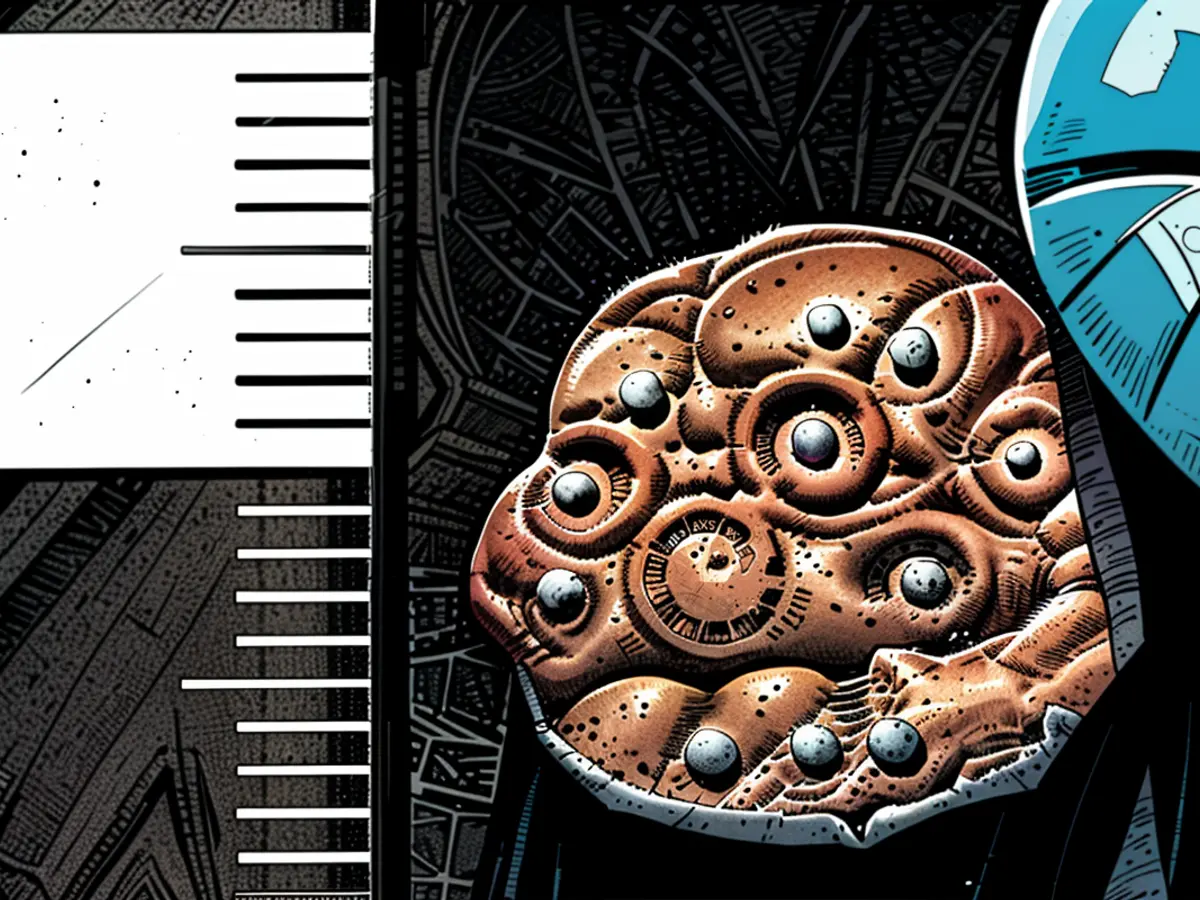- Uncovered in Saxony-Anhalt: Ancient Celtic Silver Coin
For the first time, a nearly 2-thousand-year-old Celtic silver coin, known as a 'bushel-quinar', has been unearthed in Saxony-Anhalt. This ancient artifact was discovered by volunteer heritage preservationist Alexander Gerlich within the Börde district. According to Anika Tauschensky, a numismatist at the Saxony-Anhalt State Office for Heritage Management and Archaeology, spoken to the German Press Agency, "This is the first confirmed discovery of a 'bushel-quinar' in Saxony-Anhalt, and also the northeasternmost known find of a South German bushel-quinar."
Coins from the Mediterranean region served as inspiration
The Celts had come into contact with coins during their expeditions in the Mediterranean region and apparently took such a liking to them that they adopted their designs and began minting their own coins. Initially, these coins were used as offerings to their gods or as trading material. Only in the late Celtic era did coins also serve as a form of currency. "However, the value of this coin cannot be determined," said Tauschensky.
It remains unclear how the 'bushel-quinar' ended up in Saxony-Anhalt - whether as a trade item, a gift, or as tribute. The exact time of its burial is also unknown. "Regardless, it shows the contact and exchange with population groups that were significantly further south," said Tauschensky. The 'bushel-quinar' type was discovered near Haldensleben and originates from the Bavarian-Franconian region.
'Bushel-quinars' are a unique category within Celtic coinage. The name refers to the design of the coin's obverse, featuring a head with tufts of hair that became more stylized over time, eventually resembling a whirlwind surrounding four central points.
The minting of 'bushel-quinars' began around 150 years BC and continued until approximately 25 BC. The newly discovered coin dates back to the first half of the 1st century BC. The condition of the found coin is estimated to be in relatively good condition.
Coin may be displayed in a Bronze Age exhibition
"This rare specimen could be featured in a future exhibition on the Bronze Age," said spokesman and archaeologist Oliver Dietrich. "After all, the coin is evidence of the far-reaching trade relations of the Celts."
The distribution areas of the coins are primarily South Germany, particularly Middle Bavaria, Austria, and Switzerland. Smaller occurrences with a few specimens can be found in the Czech Republic, Slovakia, France, and Luxembourg. As one moves north, the number of discoveries decreases. Thuringia and Hesse still have a few remaining pieces.
The 'bushel-quinar' featuring a head with a circular cross-section of tufted hair was inspired by coins from the Mediterranean region. Despite its uncertain origins, the well-preserved coin demonstrates the extensive trade connections between the Celts and populations in the southern regions.








